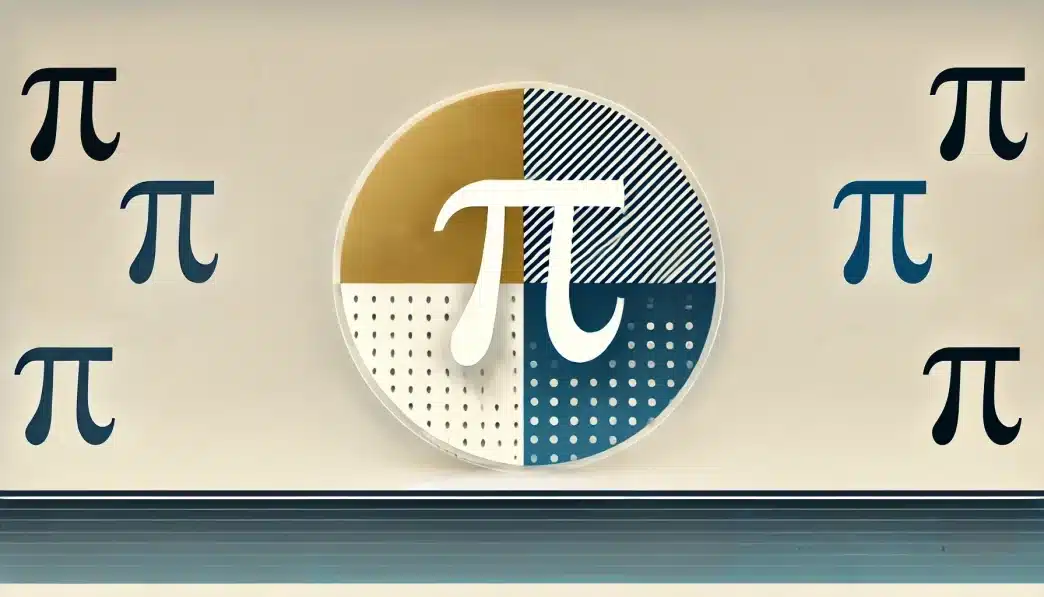What is Pi Day?
Pi Day is celebrated annually on March 14th (3/14) to honor the mathematical constant π (pi), which represents the ratio of a circle’s circumference to its diameter. The date corresponds to the first three digits of pi (3.14), making it a fun and educational day for math enthusiasts worldwide.
First recognized in 1988, Pi Day combines mathematical learning with creative and entertaining activities, including pie-eating contests and explorations of the infinite properties of pi.
History and Origin
Pi Day was established by Larry Shaw, a physicist at the Exploratorium Museum in San Francisco, in 1988. Shaw and his colleagues marked the occasion by marching in a circular procession and eating pie, a playful nod to the homophonic relationship between “pi” and “pie.”
In 2009, the U.S. House of Representatives officially recognized Pi Day, solidifying its place as an international celebration of mathematics. Over time, it has grown to include activities that encourage interest in math, science, and education.
Who Celebrates Pi Day?
- Educational Institutions: Schools and universities host math-themed activities, such as pi memorization contests, lessons on its history, and circular experiments.
- Mathematicians and Scientists: Use the day to highlight the significance of pi in their fields and share its applications.
- Students and Teachers: Engage in creative and practical activities that make learning math fun and accessible.
- Bakers and Food Enthusiasts: Celebrate with pies and other circular treats as a tribute to pi and its endless nature.
- General Public: Participate in online discussions, social media challenges, and local events that make math approachable.
Themes and Slogans
Pi Day celebrates mathematics, curiosity, and learning. Popular slogans include “Celebrate the Infinite” and “Math is Sweet as Pi.” The day often features themes that explore mathematical concepts in a fun and engaging way.
Colors, Symbols, and Patterns
Colors
- Blue: Represents clarity and the intellectual pursuit of knowledge.
- White: Symbolizes purity and simplicity in mathematical truth.
- Yellow: Reflects the joy and energy of discovery.
Symbols
- Pi Symbol (π): The central icon of the day, representing the mathematical constant.
- Circular Shapes: Highlight the geometric origins of pi.
- Slices of Pie: Serve as a playful nod to the homophone and a visual representation of circularity.
Patterns
- Repetitive Digits: Represent the infinite and non-repeating nature of pi.
- Circular Motifs: Symbolize the concept of circumference and the beauty of geometry.
- Equations and Graphs: Illustrate the mathematical applications of pi.
How to Celebrate Pi Day
- Bake or Eat Pie: Enjoy a slice of your favorite pie, or get creative by making circular dishes to honor the day.
- Learn About Pi: Dive into the history, properties, and significance of pi in mathematics.
- Participate in Math Challenges: Join contests to recite or memorize as many digits of pi as possible.
- Host Circular Activities: Explore hands-on experiments involving circles, such as measuring circumferences and diameters.
- Share the Fun: Use social media to share your celebrations, creative ideas, and pi-related jokes with others.
Most Used Hashtags
- #PiDay
- #MathIsFun
- #CelebratePi
- #InfinitePi
- #PiDayChallenge
Why is Pi Day Important?
Pi Day not only celebrates a fundamental constant in mathematics but also serves as a reminder of the beauty and universality of math. It inspires curiosity, encourages creative learning, and fosters a sense of community among math enthusiasts.
By making math approachable and engaging, Pi Day helps to break down barriers to STEM education and demonstrates how mathematics shapes the world around us. Whether you’re solving equations, baking pies, or exploring the infinite nature of pi, the day offers something for everyone.
Features
Contact Info
March 14: Pi Day
Why do you keep falling for the same type?
Read the article Lovemaps: the hidden blueprint of our love.

